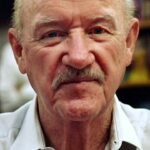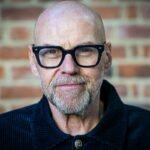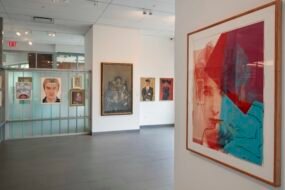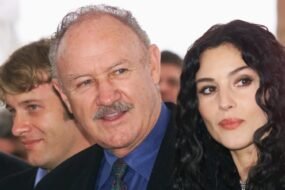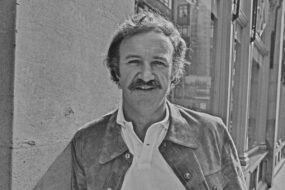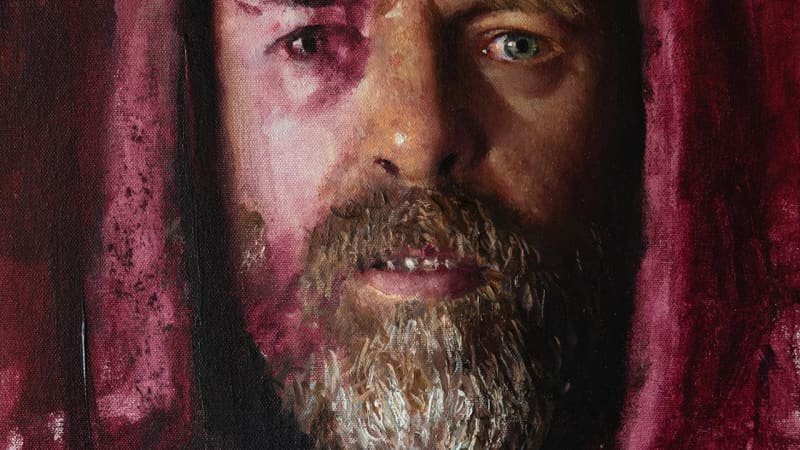
Acquired through the ‘Voting for Art’ group, the works span a variety of genres, capturing a cross-section of contemporary Israeli creativity.
The Tel Aviv Museum of Art has announced the addition of 35 works by 11 contemporary Israeli artists, acquired in 2025 through its “Voting for Art” group. Selected collectively by the group’s members for a total sum of NIS 500,000, the works range across sculpture, painting, drawing, textiles, and photography, and will now join the museum’s permanent holdings.
Founded in 2013 and chaired by Yael Braun, “Voting for Art” was created to expand and update the museum’s holdings of Israeli art through a yearly process in which members vote on the acquisitions. Since its establishment, the group has secured more than 200 works, aiming for intergenerational representation, a diversity of media, and the introduction of new voices alongside support for established ones.
Selected artworks
This year’s selections reflect that spectrum. Three sculptures lead the list: Chava Roucher’s Line (2010), six aluminum figures of naked men and women standing in a row; Michal Shamir’s Untitled (2024), assembled from cable ties and gold-painted bird spikes, evoking both ornament and barbed wire; and Moran Lee Yakir’s The Brothers (2024), a clay cluster of body-like cylinders that emit faint sounds of wind and waves.
On paper, intimate vocabularies emerge: Anisa Ashkar’s You (2022) merges Islamic calligraphy with gestural abstraction in a daily cycle of sunrise to sunset; Karen Dolev’s Chameleon (2023) pastel series recalls the shifting hues of mood rings; and Merav Kamel’s Artist Notebooks (2019–2024) offer a visceral, associative record of erotic, violent, and humorous imagery.

THE TEL AVIV Museum of Art. (credit: ELAD SARIG)
Painting and mixed media further expand the collection. Orly Maiberg’s Late Autumn (2024) stitches fragments of earlier works into layered textile compositions; Gabriella Klein’s Twisted Sister (2025) captures her reclining sister, phone in hand, against a muted backdrop; and Ran Tenenbaum’s Self-Portrait with a Hoodie (2024) remains unfinished, its crimson underlayer shadowing the figure with a spectral presence.
Photography continues to play a central role. Ron Amir contributes seven images from long-term projects such as Jisr az Zarqa and Galilean Landscape, reflecting his socially engaged approach to communities often overlooked in Israeli society. Gustavo Sagorsky’s three photographs, taken around Moshav Aminadav near Jerusalem, focus on transitional landscapes marked by subtle traces of human activity.
Together, the acquisitions chart a portrait of Israeli art in 2025 – at once intimate and public, experimental and rooted. For the museum, they mark another chapter in a collective effort to keep its collection responsive to the shifting present.


